Sony A900: A Closer Look at 24.6MP Resolution and Noise
by Wesley Fink on October 27, 2008 2:00 AM EST- Posted in
- Digital Camera
Sony A900 Full Frame vs. Canon 5D
The Canon 5D was the first "popular" priced full-frame DSLR introduced at the $3500 price for body only about three years ago. It is interesting that during the last couple of months Nikon and now Sony also offer $3000 or less full-frame cameras. The Canon 5D features a 12.8MP sensor, which is about half the resolution of the Sony A900 24.6MP sensor.

Again, the Canon 5D is compared to both same pixel size crops, and 0.5x crops which represent the same area of the image in each capture. The same pixel crops are 150x250 actual pixels captured from both images. The 0.5x crops are twice the number of pixels in a 212x353 capture that has been adjusted from the standard 350dpi to 248dpi so the crop you are viewing is approximately the same size as the crop from the 12.8MP camera.
It is very interesting that the Canon 5D internal processing is just as sharp at ISO 100-400 as the Sony A900. Beginning at ISO 800, however, you can clearly see that noise is being minimized by increasingly softening the image. By ISO 3200 the difference between noise-reduction approaches of the Sony and Canon are very obvious. The A900 output is sharper and much higher resolution. It also extends to ISO 6400 where the three year old Canon 5D stops at ISO 3200. However, in fairness the noise or grain on the A900 is so obtrusive at ISO 6400 that it hardly matters, except for small prints.
It should be clear by now that the A900 shows three distinct noise ranges in these tests. At ISO 100-400 nothing comes close to the combination of the incredible detail combined with low noise. ISO 800-1600 output is also excellent, though noise is certainly starting to impact the captured image. We would not hesitate to shoot anything up to ISO 1600. However, at ISO 3200 and 6400 noise has become a problem. Those settings are good for capturing something when you have no choice as the resolution detail is still pretty amazing, but noise is degrading the image to the point where images are only useful for smaller prints.
The announced (but not yet shipping) Canon 5D Mark II will be a very interesting camera to compare to the Sony A900 when it finally starts shipping in late November. A more detailed comparison of the Sony A900, Canon 5D Mark II, and Nikon D700/D3 is planned when the Canon full-frame update is available.


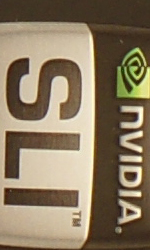
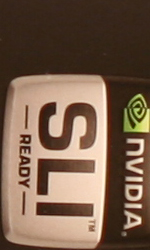
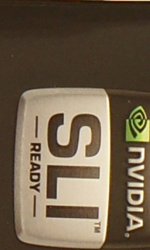


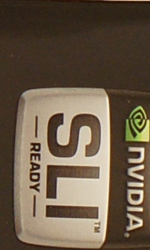
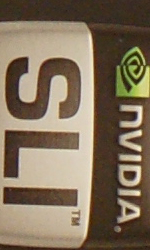
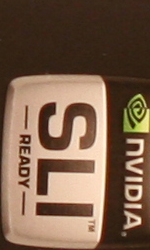
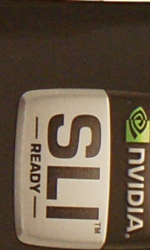

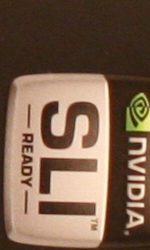
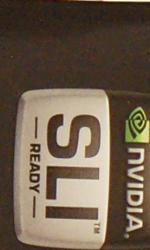
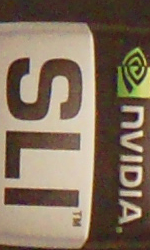
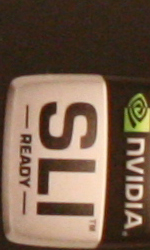

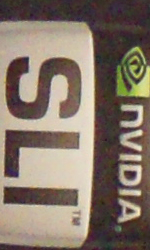
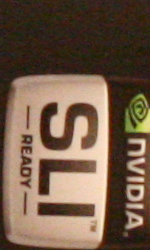
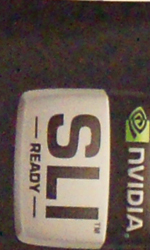
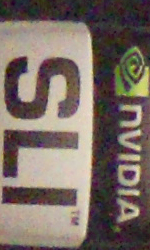
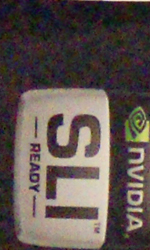








45 Comments
View All Comments
Heidfirst - Wednesday, October 29, 2008 - link
Wesley has already said that these are out of the camera jpegs at default settings & every manufacturer has different values for settings even if they may use the same names for them.If you want sharper out of the camera JPEGs then simply set more sharpness.
Or as a semi-pro you'll probably be using RAW & you'll be used to having to sharpen in pp anyway.
jamesbond007 - Thursday, October 30, 2008 - link
RAW images, which typically have zero sharpening (or any in-camera adjustments made) are sharper than the images provided.TariqGibran - Wednesday, October 29, 2008 - link
Your statement:"Sony sensor is double the resolution of competing full-frame cameras"
is technically incorrect. You also made this same statement in your initial review of the a900. In order to double the resolution, one must quadruple the megapixels, not just double them.
Wesley Fink - Wednesday, October 29, 2008 - link
You are talking about doubling the SIZE of the sensor, which is, as you point out, four times the resolution. Most readers would consider 12 MP double the resolution of a 6 MP sensor. I therefore stand by my description that the A900 at 24.6 megapixels doubles the resolution of the 12 megapixel full-frame competitors.sxr7171 - Monday, November 3, 2008 - link
I think that's a misconception that you should not perpetuate. It is the responsibility of the educated reviewer to inform people about linear resolution. That is the only number that truly speaks about how large you can print the image at a given DPI. Sure you could make the argument that twice the pixels is twice the detail and I wouldn't object but the ability to resolve two different points on either axis is a product of linear resolution. Please don't perpetuate the megapixel myth people are already clueless about the true meaning of the megapixel count and while the 24.8MP is nice for well lit, low action studio type shots most people really need something to shoot action with and talking about increased detail of 24MP vs 12 MP is something that is not important unless you want to shoot to make posters.TariqGibran - Wednesday, October 29, 2008 - link
You are incorrect. Look it up. You are only doubling the MP, not the linear resolution which is what we look at when we speak of resolution in regards to a digital sensor in this context. This is basic stuff any reviewer should be aware of and its sort of an embarrassment to the site and review that you do not know this. No knowledgeable reviewer would claim that 24MP gives double the resolution of 12MP. The fact that you stand by this inaccuracy is even more troublesome. Do some research.Wesley Fink - Wednesday, October 29, 2008 - link
I did try to look up your claim when you first made it in your comments to the A900 preview. I found nothing that corroborated your claim. We tried to look up your CLEAR definition of double resolution as 4 times the number of pixels again and found nothing to indicate that.It is not that we doubt you, but without any references to substantiate what you say it is not reasonable to make changes. If you have the "proof" you say is so easy to find please send us some links and we will take a look.
The 24.6 megapixel A900 does have twice as many pixels as the Nikon D3/D700 and Canon 5D.
melgross - Thursday, October 30, 2008 - link
Doubling the number of pixels increases the resolution by 39% (approx), but doubles the pixel DENSITY.This isn't in question.
lsman - Tuesday, October 28, 2008 - link
On first page,That resolution performance is amazing when you consider the 24.6MP Sony A700 is just $3000
You meant A900 is just $3000
Wesley Fink - Tuesday, October 28, 2008 - link
Thanks for bringing this to our attention. Now corrected.